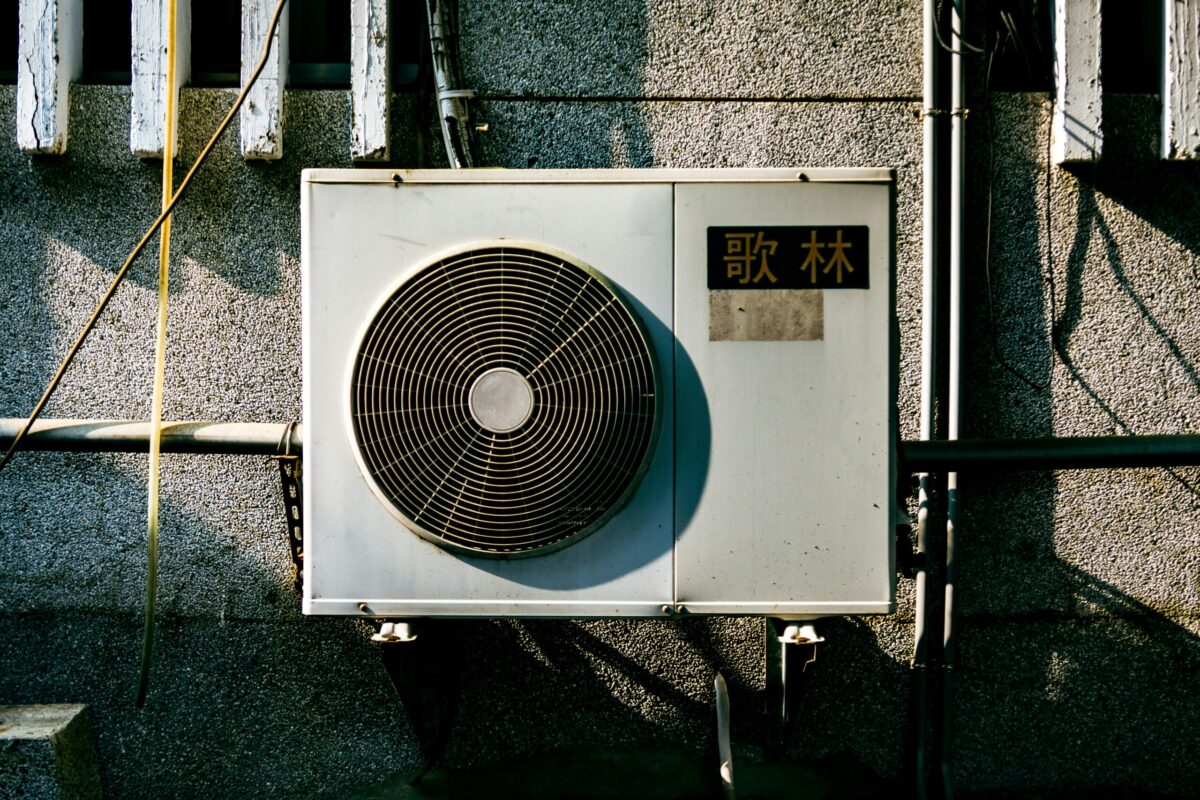Its new Smart Star L storage system boasts a rated capacity of 9.8 kWh, which Itochu claims is big enough to supply electricity to a home for a 24-hour period. The unit, which weighs about 195 kg, is designed for outdoor installation. It is now available for purchase in Japan at JPY 2.85 million ($25,575) per unit, excluding excluding tax and installation costs.
The Smart Star L solution is also capable of serving as a temporary back-up power source for a home in the event of an emergency, which has been a key selling point for similar systems since the power outages caused by the Fukushima Daiichi nuclear disaster of March 2011. The system can therefore continue to provide enough electricity to run 200-volt appliances such as air-conditioning units in the event of a power failure.
“The use of solar power as renewable energy for power generation will be even more prevalent around the world in the future,” Itochu said in an online statement. “Energy storage systems will be increasingly important in Japan for self-consumption of generated power as well because the period for the feed-in-tariff scheme will begin to expire for residential solar power generation systems in 2019.”
It said that it is also looking at the possibility using its storage battery technologies to enter the emerging market in Japan for virtual power plants, under which distributed energy sources such as small PV arrays are aggregated and controlled to function as a single power source.
Itochu has been selling energy-storage solutions for several years. In early 2015, it signed an agreement to distribute California-based Green Charge Networks’ storage solutions throughout the world.
The Tokyo-based company also develops its own utility-scale PV projects in Japan. Most recently, it completed a 37 MW solar array in western Japan’s Okayama prefecture. It is now developing 130 MW of solar capacity throughout the country and aims to expand its pipeline to 200 MW.
This content is protected by copyright and may not be reused. If you want to cooperate with us and would like to reuse some of our content, please contact: editors@pv-magazine.com.



1 comment
By submitting this form you agree to pv magazine using your data for the purposes of publishing your comment.
Your personal data will only be disclosed or otherwise transmitted to third parties for the purposes of spam filtering or if this is necessary for technical maintenance of the website. Any other transfer to third parties will not take place unless this is justified on the basis of applicable data protection regulations or if pv magazine is legally obliged to do so.
You may revoke this consent at any time with effect for the future, in which case your personal data will be deleted immediately. Otherwise, your data will be deleted if pv magazine has processed your request or the purpose of data storage is fulfilled.
Further information on data privacy can be found in our Data Protection Policy.